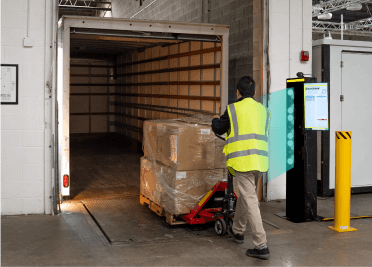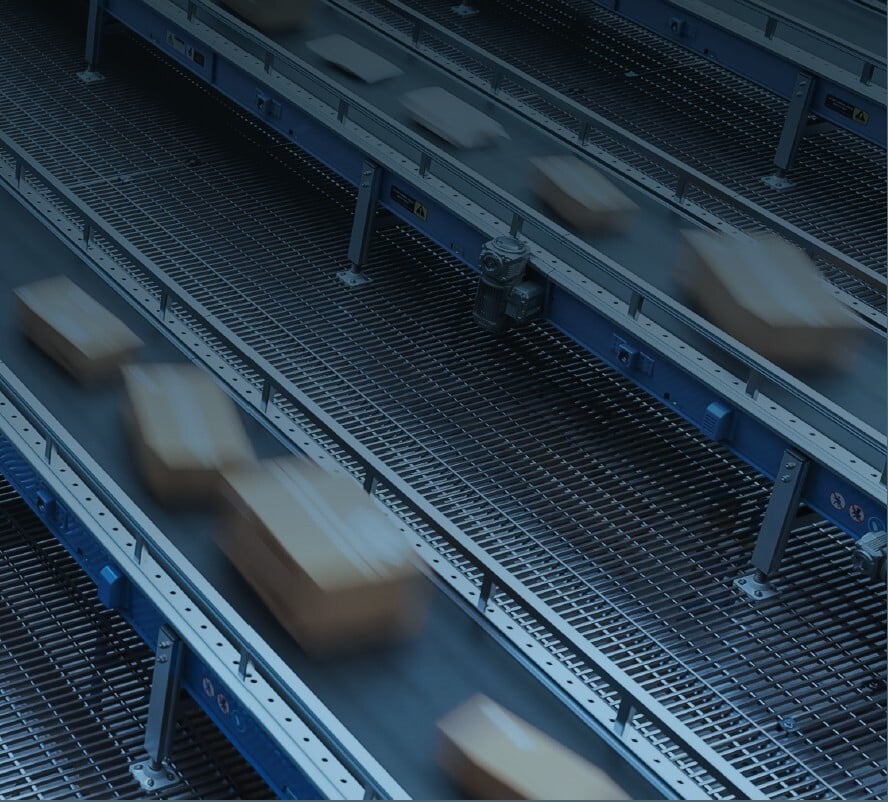Having the ability to pinpoint the location of your materials and inventory through the manufacturing process is an important part of keeping your operation running smoothly. Whether you are trying to track parts on manufacturing or assembly line when barcode is not an option, or you’re transferring parts to different work cells or locations, knowing where your individual parts are located in the Work in Process can be difficult.
There are many locationing technologies to choose from, but first you need to understand the specific use case and environment, simplify processes and procedures, and then use technology to enable automation of manual processes where possible.
Understand
Step 1: A “day in the life” of an asset
The first step to tracking your materials and inventory through the manufacturing process is to understand your use case by documenting the normal day in the life of your assets.
Do parts and materials change lines periodically? How do different work cells transfer parts and materials between different steps in your process? Where are finished goods stored? How are all these handoffs recorded and where do you keep this data?
Questions like these will help define the locationing technology and infrastructure that is right for your needs.
Step 2: Asset Tags
Once you have a documented understanding of the journey your materials and parts take throughout your manufacturing process, it’s time to decide what tags best fit your needs. Here are some more questions to consider:
- What are the environmental conditions of your line or warehouse?
RFID tags are a great choice when regular tags might get worn or damaged throughout manufacturing process. A common use case for tracking parts in Work in Process is due to painting or finishing of different parts of a finished good. Paint or a finish can cover up normal barcode tags or labels and render them unreadable, so RFID is a good fit when direct line of sight or paint covers the barcode.
- How would you like your finished good to look to the end user?
Sometimes RFID can be a good way to hide an unsightly barcode label or tag. To give your finished good a clean look, RFID tags can be hidden under product packaging, under a paint coating or finish, or inside of a part.
Step 3: Readers and Locationing Infrastructure
Once you have your materials and parts tagged, the next step is to identify the locationing infrastructure that will interact with your tags. Antennas and readers and the focus here, and AbeTech’s RFID Readability Analysis (RA) can help you understand your needs.
With readers and antennas set up around your facility, as parts move from work cell to work cell, or process to process, or line to line, the location of each tagged material, part, or product can be updated in your database or data warehouse.
Simplify
Step 4: Tracking
Now that parts are tagged and locationing infrastructure is installed, it’s time to simplify the manufacturing process and protect quality and lead times.
One workflow an AbeTech client has had success with is using RFID to track parts through the paint and assembly process in a manufacturing facility. Readers are set up at the start and end of each work cell parts travel through. This allows those parts to be tracked from paint to stripe, wet slide, mask, buff, de-prep, MCM and finally to stock inventory in the warehouse. All this is possible because of the flexibility RFID provides compared to normal barcode labels.
This full visibility of the location of parts and materials enables LEAN manufacturing processes and increased agility in your Work in Process. If change orders do come through, this allows for more accurate shipping times and leads to less overall down time should any issues arise.
Enable
Step 5: Real-time Visibility
Now with the everything being tracked with RFID, real-time visibility is achieved. Knowledge of what process every part and product has completed can be used to determine item's location. These actionable insights help react quickly to changes or updates.
For example, if there is a recall or issue on a certain part in the process you can intelligently react. Data on which products have a certain part, where they are in the assembly line, and what time they were last pinged is now easily accessible and the location of the item is now readily available for plant floor managers and logistics engineers.
Connect with a solutions expert
Tracking parts and materials through Work in Process can be complex. Our U|S|E Methodology helps makes the process easy. We can help you take the proper steps to understand your requirements, simplify and automate manual processes, and enable you to find true success and return on your technology investments.
To learn more about RFID for asset tracking or other Intelligent Edge solutions and to get answers to your questions, contact an AbeTech Solution Expert today!










